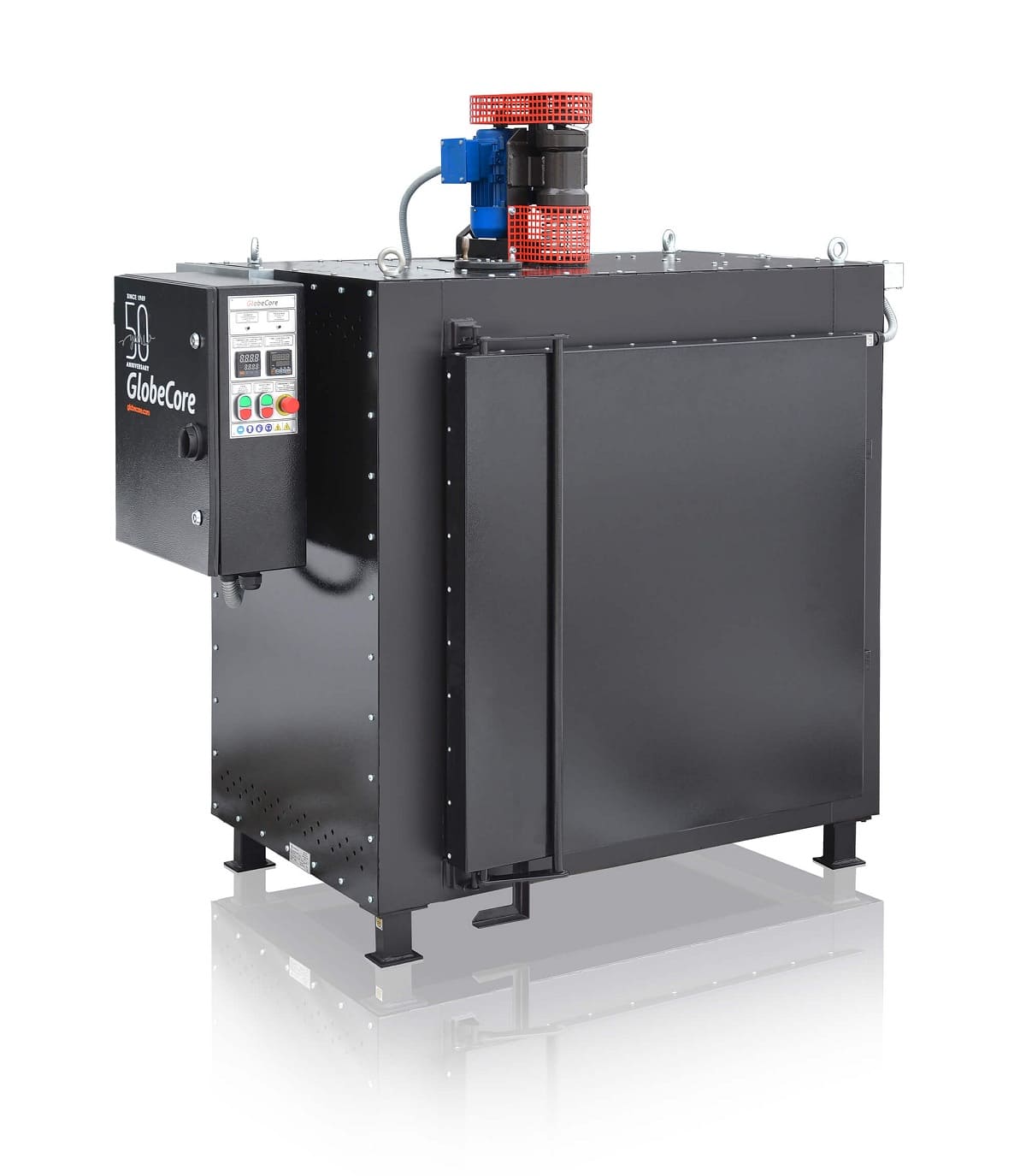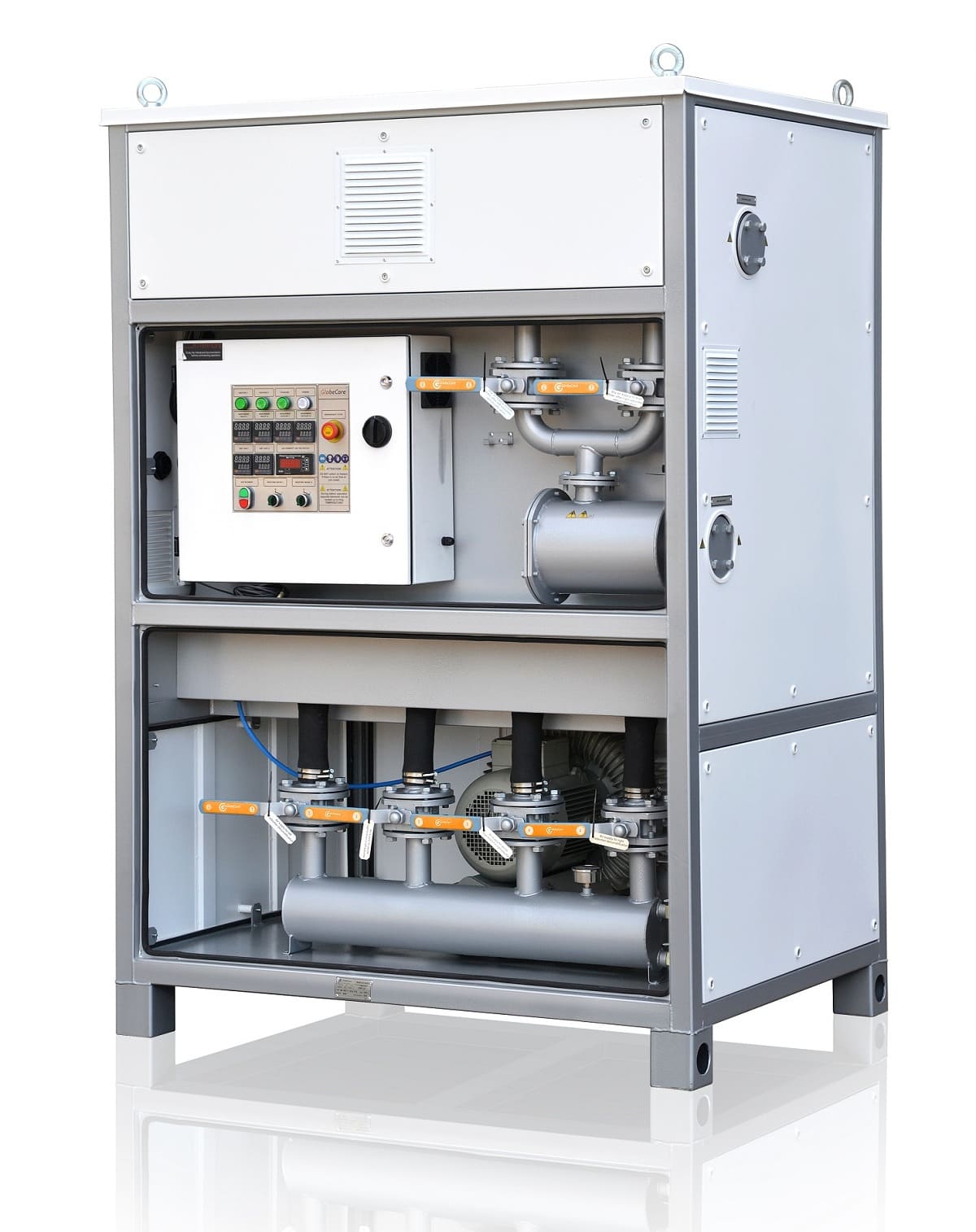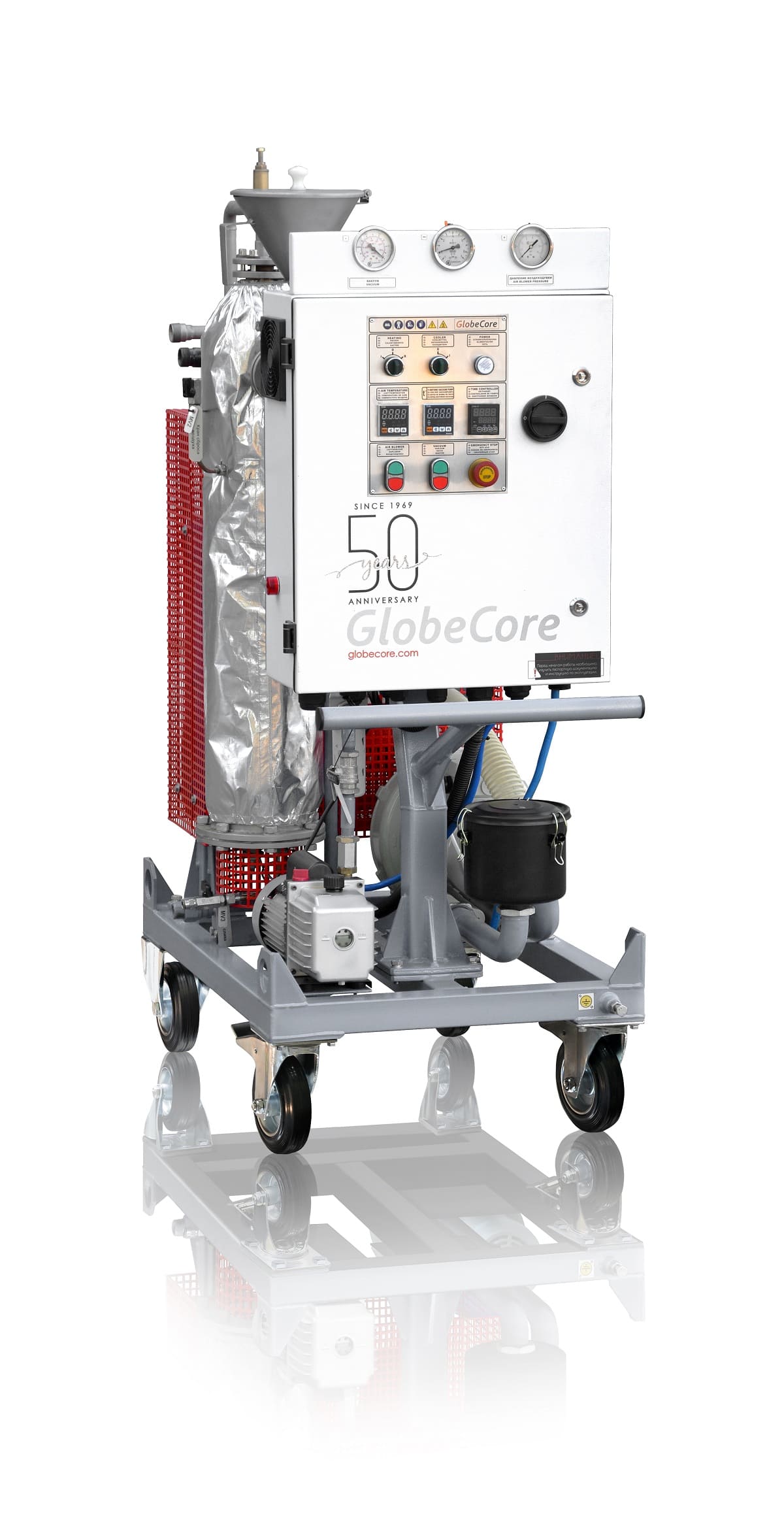How does Air Drying vs Vacuum Drying compare in terms of efficiency and effectiveness for transformer maintenance?
- This topic has 1 reply, 2 voices, and was last updated 1 year, 2 months ago by .
Answers
-
October 4, 2024 at 4:05 pm by Haruto Tanaka
Air Drying and Vacuum Drying are two prevalent methods used in transformer maintenance for moisture removal, each with its own efficiency and effectiveness. Air Drying operates by circulating dry air through the transformer oil, absorbing moisture as the air passes over it. This method is relatively straightforward and cost-effective, making it suitable for routine maintenance and low to moderate moisture levels. However, its efficiency decreases with higher moisture content, as it relies on ambient conditions and longer drying times. Vacuum Drying, on the other hand, involves reducing the pressure around the transformer oil, which lowers the boiling point of water and accelerates moisture evaporation. This method is more efficient and effective for removing higher levels of moisture, as it can achieve lower residual moisture content in a shorter period. Additionally, Vacuum Drying minimizes thermal stress on the oil and transformer components. While Vacuum Drying typically requires more specialized equipment and higher operational costs, its superior effectiveness makes it the preferred choice for critical maintenance scenarios where thorough moisture removal is essential for transformer reliability and performance.



